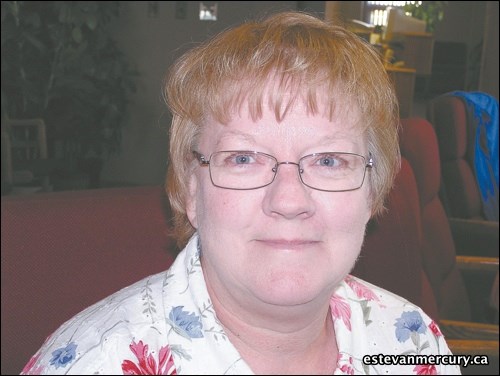The trustees from the Â鶹´«Ã½AV East Cornerstone School Division have discussed and debated the need to have a firm policy regarding enrolment of students from outside school attendance areas, and on Aug. 18 they appeared to have been able to put the subject to rest.
The trustees, who were meeting for the first time since mid-June, accepted a motion that sets out some clear procedures for administration to follow regarding requests coming from families who want their children to enrol in schools that are outside the boundaries of the school they are expected to attend.
Led by chairwoman Carol Flynn, the trustees worked their way through a draft proposal and accepted it verbatim after much discussion.
The first point made was that once a school reaches 85 per cent of designated capacity, the director of education can deflect out-of-boundary attendance requests due to the fact that the school will be at or near capacity with students from the designated attendance area.
"The problem is with a grandfathering issue," said Marc Casavant director, and one of those who have been involved with the crafting of the policy.
"We feel it's the right of parents to make the request for attendance of a younger child if an older child is already attending that school," he said.
But the trustees were careful to note that this would include a kindergarten to Grade 12 configuration, not a pre-kindergarten program since that is not a universal program throughout the division, but rather is driven by the provincial ministry. So pre-kindergarten attendees are not a part of the grandfathering provision.
Requests for attendance in a school that is not within the family's boundary area are made to the principal of the receiving school, and that request is shared with the principal of the sending school, meaning the school that would otherwise be home for that student.
"That gets the receiving and sending principals involved in the decision-making," said Casavant.
Parents initiate the request for a transfer and that would include filling out a necessary form that would also declare whether they wanted transportation for the student.
If the sending and receiving principals cannot come to an agreement, then that area's superintendent will get involved to act as an arbitrator, and if that still ends up with a stalemate, the director will get involved in the final decision.
Trustee Harold Laich said the board had faced a couple of accusations that they had been inconsistent in the past, and he said that had not been the case, even though the board had found themselves reversing one attendance-area decision in recent history. He said that reversal did not contravene the existing policy at the time.
"Normally the board would not be involved in an attendance area dispute, and then only as a final appeal," said Flynn, noting that she was satisfied with the new process that would be put in place with the approval of the motion.
Trustee Kevin Keating expressed some doubt over wording in the proposed document, but was satisfied with the responses he received from fellow trustees in terms of clarity.
Estevan area trustee Janet Foord said that if the policy went too far, then the board would be guilty of losing focus. She said they had to remind themselves that they had to look at what would be best for the student, not always what was best for the school(s).
The other Estevan trustee, Pam Currie. said she appreciated the policy insofar as it began with the conversation between the administrators of the two schools that would be involved.
Weyburn area trustee Bryan Wilson said he felt the new policy was inclusive and contemplated all things that might crop up in the future.
Casavant said the policy also can, and should, include the question of whether or not the request to change schools involves a student with special needs.
"We would then have to ask the question, 'are we transferring a child to a school that might not have a program to help them?'"
Laich added that sometimes it's in the best interest of the school and the student to have them move on to another school for a variety of reasons, so he appreciated the new policy because that would help everyone sort out the variables.
"This gives the director the ability to make a final decision so requests don't have to keep coming back to the board," said Foord.
The motion to adopt the new administration procedures regarding attendance areas passed unanimously.




